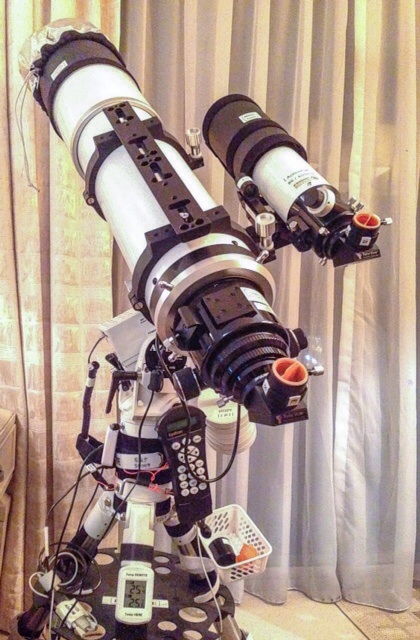Leigh Green's bolide photo

Bolides, or fireballs, are brightly burning meteors that have entered the Earth's atmosphere. Most small meteors burn up inside the atmosphere, and occasionally they bounce off the upper atmosphere before moving away from the Earth again. These provide spectacular but harmless light shows. Sometimes, however, they cause havoc on the ground. The Chelyabinsk Event in February 2013 was an explosion caused by a meteor about 20m across entering the atmosphere. The explosion released about the same energy as the Hiroshima bomb. Damage was widespread, and several fragments were recovered. Recovered fragments of meteorites are of significant interest to scientists, of course. But how do you find them? The International Meteor Organisation records meteors and bolides reported by citizen scientists. These include visual records, mostly from all-sky cameras, and the occasional sound recording. Scientists can use these to estimate the meteor's trajectory when it entere...






